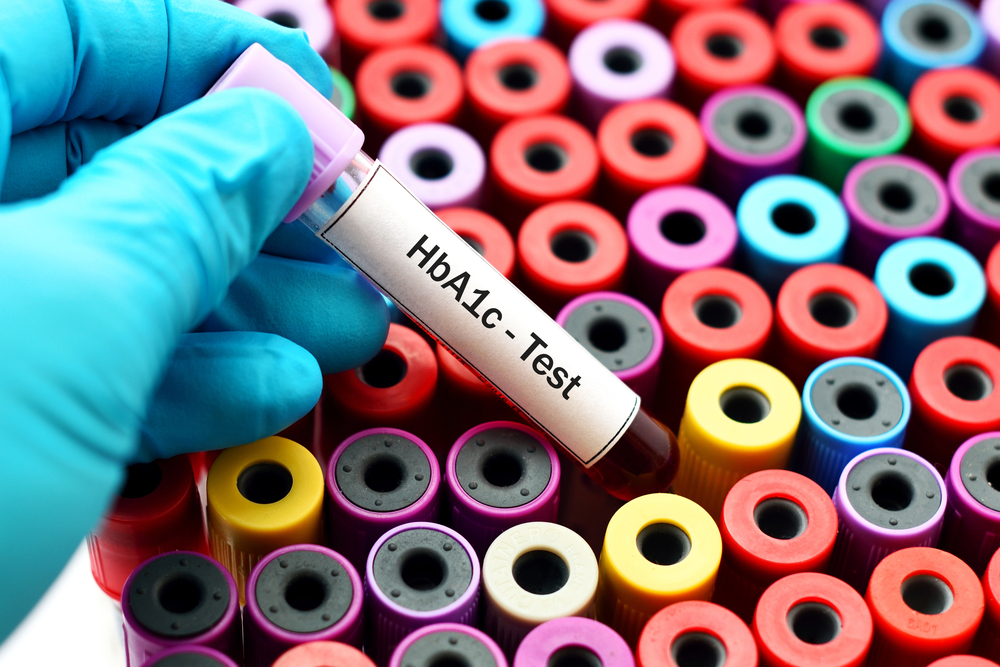The Role of Exercise in Diabetes

Diabetes & Exercise
Diabetes mellitus is a metabolic disorder characterised primarily by high blood glucose levels. Over time, diabetes can lead to heart, blood vessels, eye, kidney, and nerve damage.
To avoid this, individuals must make certain lifestyle adjustments. One effective strategy is incorporating exercises for diabetics into everyday routines. Diabetic patient exercise helps manage blood sugar levels and improves health outcomes in the long run.
What is the Impact of Exercise on Diabetes?
-
Glucose Control and Insulin Sensitivity
Exercise directly impacts blood sugar control and insulin sensitivity. During physical activity, muscles demand more glucose for energy, removing it from the bloodstream and lowering blood sugar levels.
Additionally, regular exercise enhances the effectiveness of insulin. Insulin resistance is a major issue for patients with Type 2 diabetes. Consistent exercise can improve insulin sensitivity and glucose metabolism, potentially reducing medication needs.
-
Weight Management
Excess weight is a serious risk factor for the development of Type 2 diabetes. Exercise is an effective way to control and reduce body weight. Workouts for diabetics help create a calorie deficit and promote a healthier body composition.
Reducing body fat improves diabetes management, as excess fat around the abdomen is connected to increased insulin resistance.
-
Cardiovascular Health
Diabetes increases the chances of developing serious cardiovascular episodes like heart attack and strokes. Exercise improves cardiovascular health by improving blood circulation, reducing blood pressure, lowering bad cholesterol levels (LDL), and increasing good cholesterol (HDL).
-
Mental Health and Quality of Life
Living with chronic diabetes can take a toll on mental health. It increases the risk of conditions like depression and anxiety. Regular exercise releases endorphins, the body’s natural mood lifters, which can help alleviate symptoms of depression and anxiety.
Additionally, exercise improves the overall quality of life by improving physical fitness and energy levels.
How to Start an Exercise Plan for Diabetes?
Before beginning an exercise plan for diabetes, make sure to:
- Consult with Healthcare Providers
Before starting any new exercise program, diabetes patients must consult their healthcare provider. This step ensures that the exercises for diabetes patients at home are safe and effective.
Healthcare providers can help detect risks of low blood sugar and ensure that the type and intensity of exercises are appropriate for the patient’s health status.
- Incorporating Both Aerobic and Resistance Training
A combination of aerobic and resistance training must be added to the workout plan for optimal benefits. Aim for at least 150 minutes of exercise a week. Mix moderate-intensity aerobic activities with some strength training sessions.
Some beneficial workouts for diabetics include:
Aerobic Exercises
- Walking: A brisk walk for 30 minutes every day can improve cardiovascular health and lower blood sugar levels.
- Cycling: Stationary or outdoor cycling is a low-impact exercise. It improves heart health and burns calories. It is useful for patients with joint issues.
- Swimming: Swimming and water aerobics are excellent for those who need a low-impact option due to arthritis or other joint issues. This exercise helps improve overall muscle strength.
Resistance Exercises
- Weight Lifting: Free weights, weight machines, or even body weight can increase muscle mass and strength. Building muscle is essential as it enhances insulin sensitivity and aids in glucose uptake from the blood.
- Resistance Bands: These are portable and versatile tools for resistance training that help build strength. Exercises can vary from light to heavy resistance. This makes resistance bands perfect for beginners and advanced users alike.
- Pilates: Pilates focuses on core strength, flexibility, and overall body awareness. It also includes resistance work, which can benefit muscle toning and stability.
- Monitoring Blood Sugar Levels
It’s extremely important to check blood glucose levels both before and after exercise, especially for those on insulin or any other medications that increase insulin production. This helps prevent hypoglycemia. Adjustments to food intake or medication may be necessary based on blood sugar readings related to exercise.
- Stay Consistent
Consistency is key for effectively managing diabetes through exercise. To maintain consistency, set realistic exercise goals and create a schedule. Track progress to stay motivated. Incorporate different activities to prevent boredom.
Starting a new exercise plan for diabetes must be supervised by a medical professional. Consult with a healthcare provider and schedule a blood sugar test with Dr Lal Path Labs.
FAQs
- What are the main benefits of exercise in diabetes?
Exercises for diabetics lower blood sugar levels, increase insulin sensitivity, support weight management, and strengthen cardiovascular health. Additionally, regular physical activity promotes mental well-being. As a result, it improves the overall quality of life.
- What is the best exercise for diabetes management?
The best exercise for diabetics is a combination of aerobic and resistance workouts. Aerobic exercises like walking or swimming improve cardiovascular health and help control glucose. Resistance exercises like weightlifting increase muscle strength and insulin sensitivity.
- How to stay motivated when following workouts for diabetics?
Setting realistic goals, tracking progress, and incorporating variety into exercise routines can help maintain motivation. Joining a class or group, working out with a friend, or even hiring a fitness coach are effective strategies for staying focused and committed to regular physical activity.














